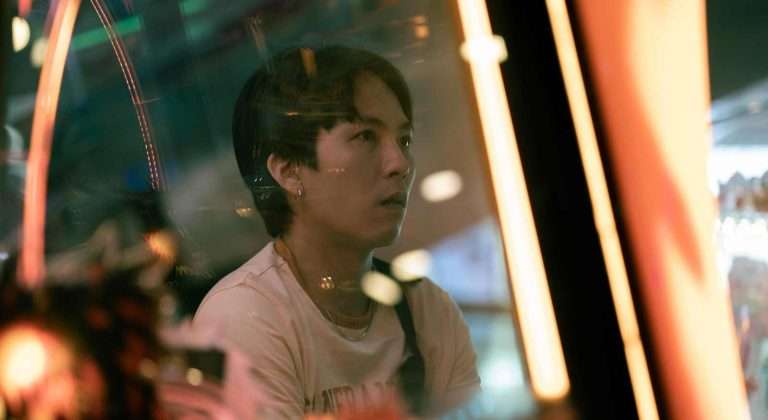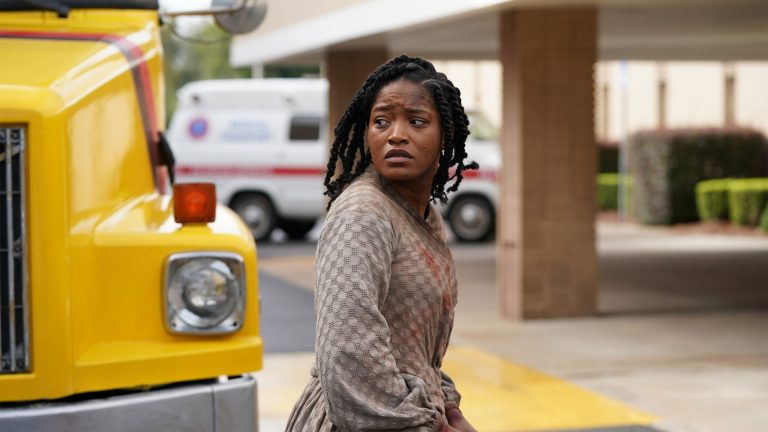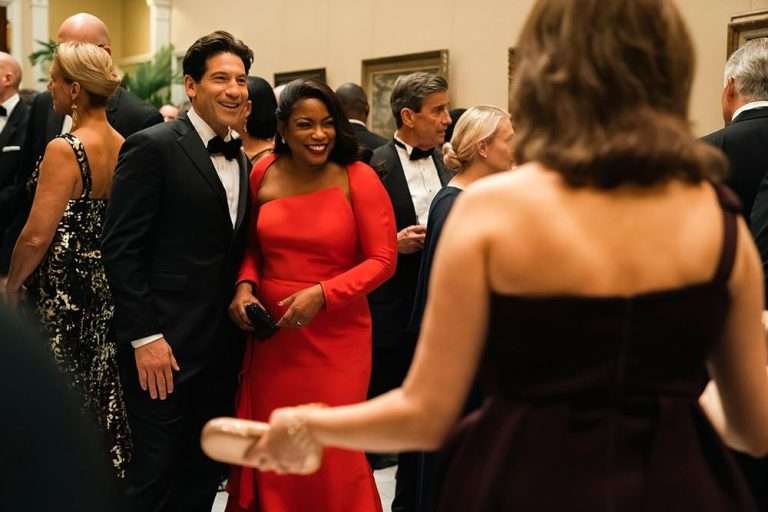At the age of eighty-two, filmmaker Geraldo Sarno shows that he is still a young artist in the experimental sense. His newest work, Sertania (Sertânia) is a delight for any lover of cinema.
In a little over an hour and a half of projection, Sarno builds a non-linear narrative based on the euphoric mind, soul, and heart of the character Antão Gavião. Even with a narration that is mostly intrusive, the filmmaker’s focus is on symbolic psychedelia about life and death; sometimes treating it almost spiritually and at other instances a little too verbose.
Related to Sertania – The Girl and The Gun [2020]: ‘NYAFF’ Review – A Symbolic Eye-Opener on Exercising The Presumed Power of a Patriarchal Society
It´s clear that Sarno wants to deconstruct the western genre. I mean just look at the visual references to The Searchers (1956) and the relationship and action between the characters in The Revenant (2015). But he’s also driven by Glauber Rocha and his ‘hunger aesthetics’. It’s evident in the way he builds an almost dystopian atmosphere in the Northeastern hinterland, where there are no heroes and villains, but only human beings.
In Sertania, digging deeper into experimentalism the filmmaker enters the territory of the Dziga Vertov Group by creating a metalanguage showing the film crew and letting ‘escape’ orientations to the actors. And particularly at the end of the film with a subtle and timeless critique about the misery of money and honor. More noteworthy is the excellent use of archive images, which serves as a narrative element and a logistical facilitator.
Sarno’s collaboration with the director of photography Miguel Vassy is the main success of the film. There is constant use of image overlay that in some moments of greater intensity refers to Apocalypse Now (1979). Furthermore, there’s an exuberant exposure of natural lighting that causes an organic granulation coming close to Begotten (1990).
Also, Read – Decoding the Symbolic Ending of Prisoners (2013)
The symbologies present are highlighted by the dynamic camera (which also gives rhythm to the paced narrative). We have scenes of crawling from the point of view of the character, contemplative sequences, and in certain moments fluctuating and very powerful close-ups. To complete the brilliant aesthetics, Ana Dominoni’s production design embraces the simple to contextualize the viewer, a work very close to Joaquim (2017), having the costume almost putrefied as one of the best produced in recent years.
Since the film’s focus is more on the narrative experience, the cast becomes more of a behavioral piece of that environment. The only ones that escape from it are the protagonist Vertin Moura, operative in his character, and Julio Adrião, who steals all the scenes in which he appears. He imparts the exact sense of a sociopathic leader who has a specific code of conduct while being admirably serene.
Sertania is an ode to the Northeast of Brazil where the deconstruction of the western is composed from the moment the filmmaker is aware and respects references, visuals, or narratives, which eventually gives light to one of the best films of 2020.
‘Sertania’ was Screened at the Curitiba International Film Festival 2020

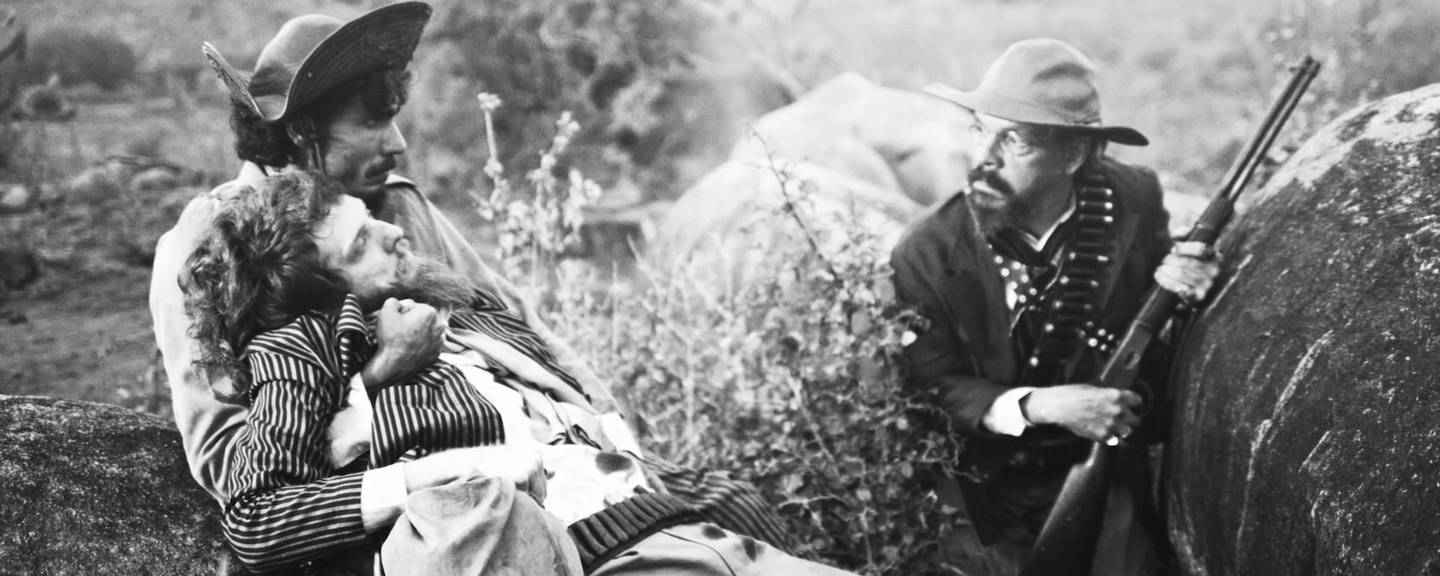
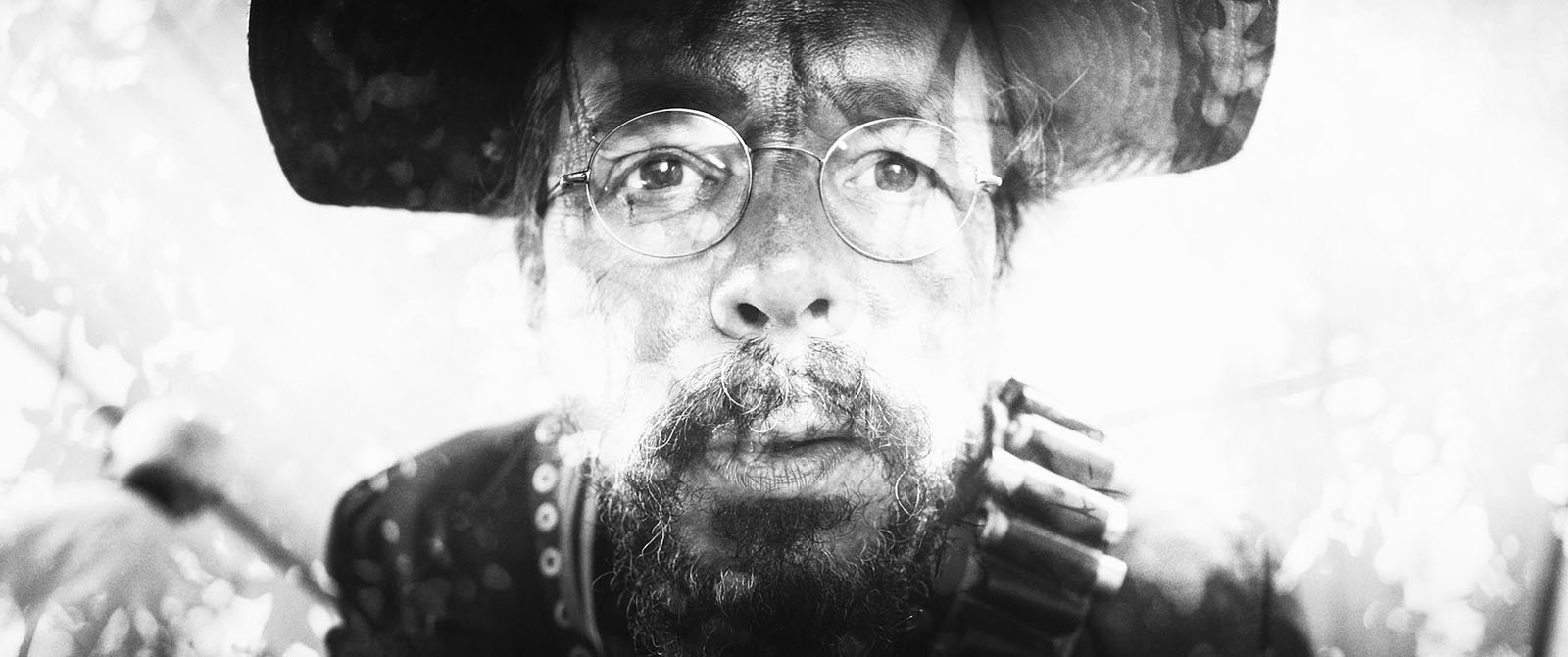
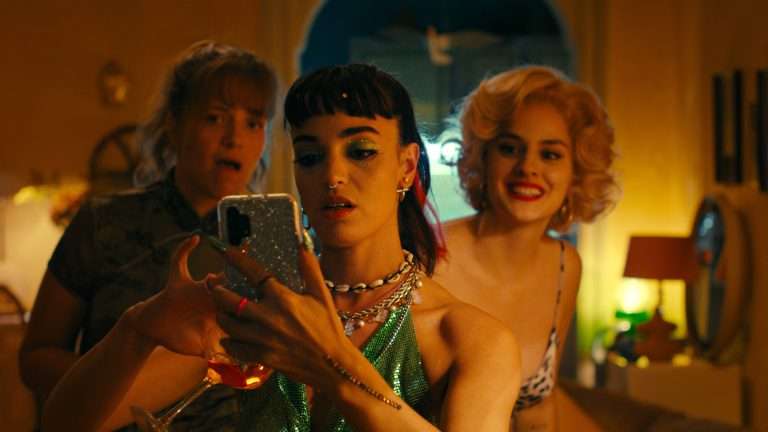
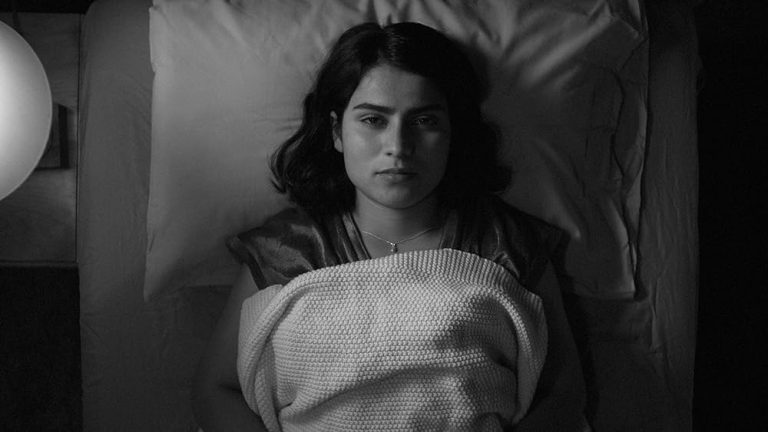
![The Eagle Huntress [2016] – A Feel-Good Documentary Led by an Incredibly Charismatic Girl](https://79468c92.delivery.rocketcdn.me/wp-content/uploads/2017/05/cover-768x432.jpg)
